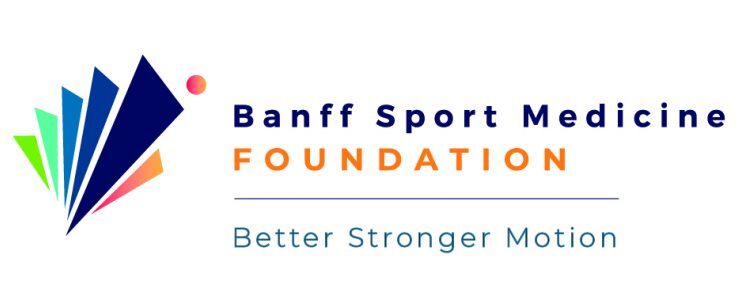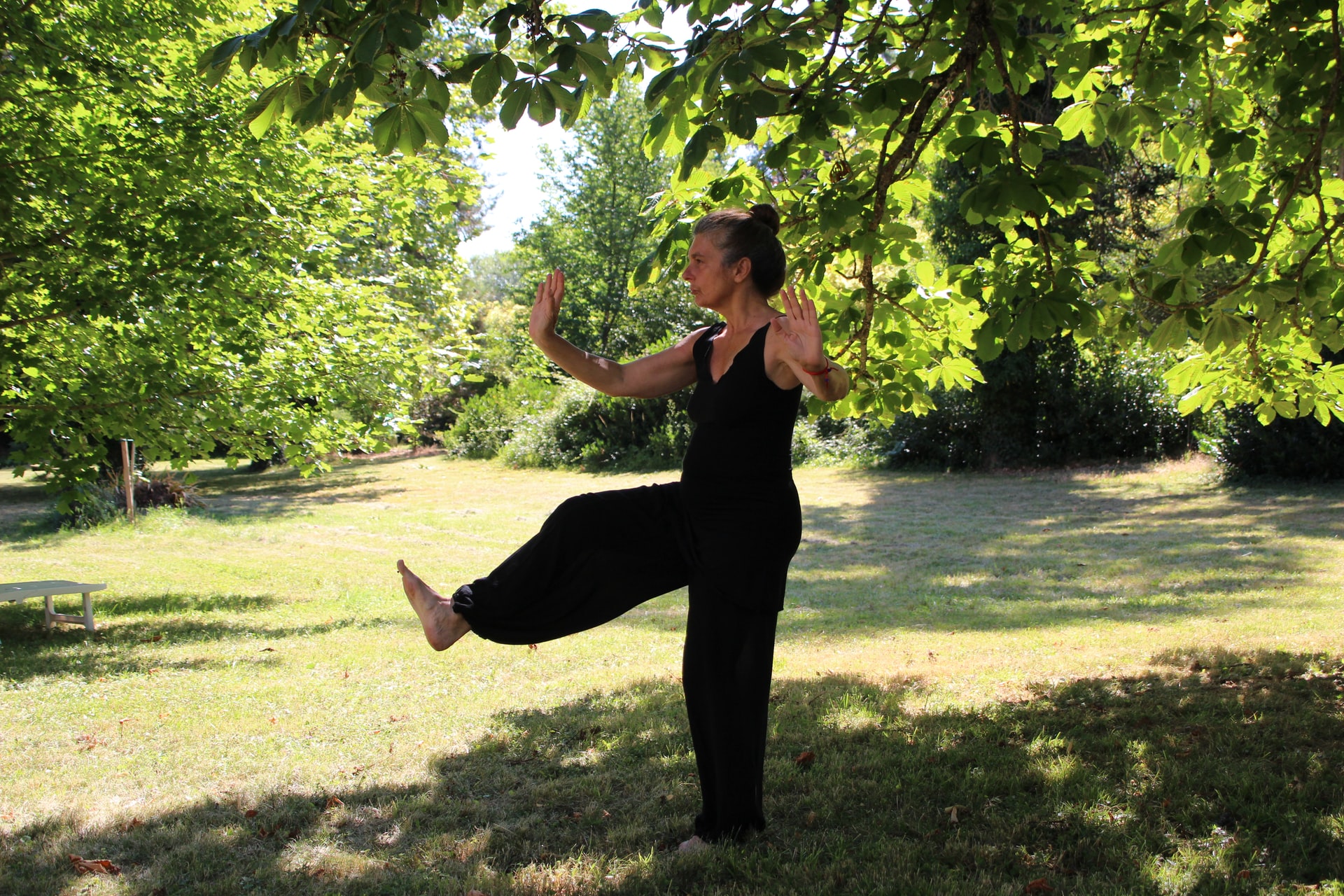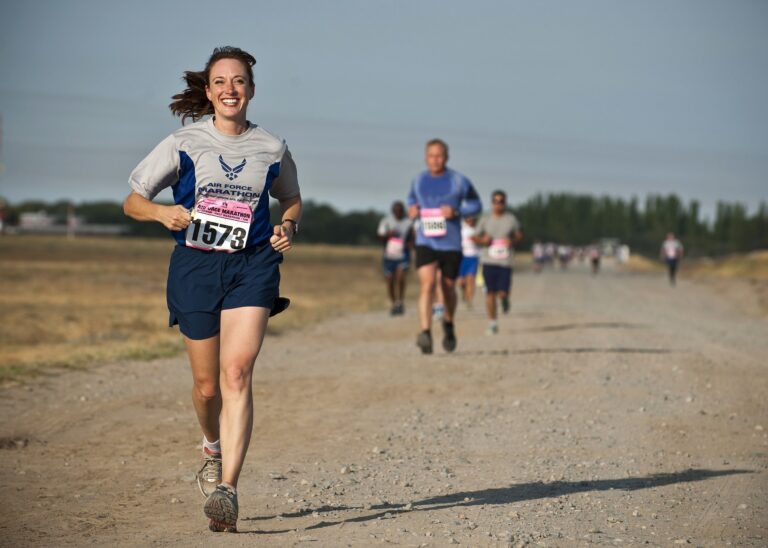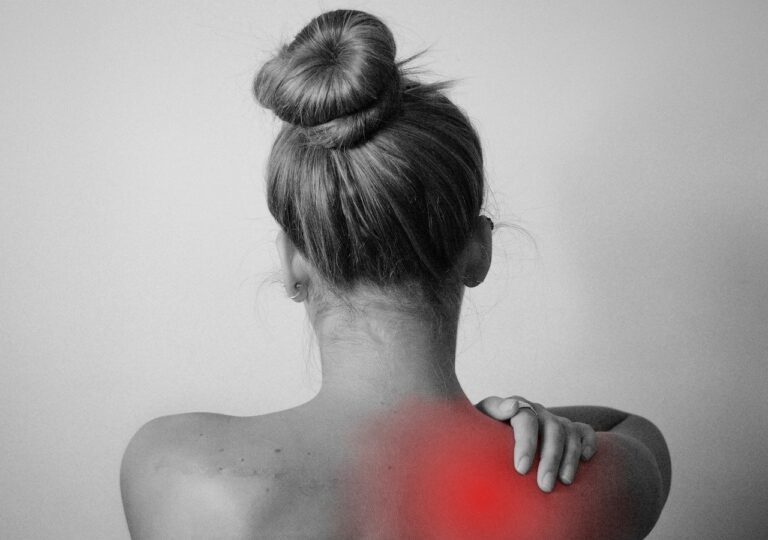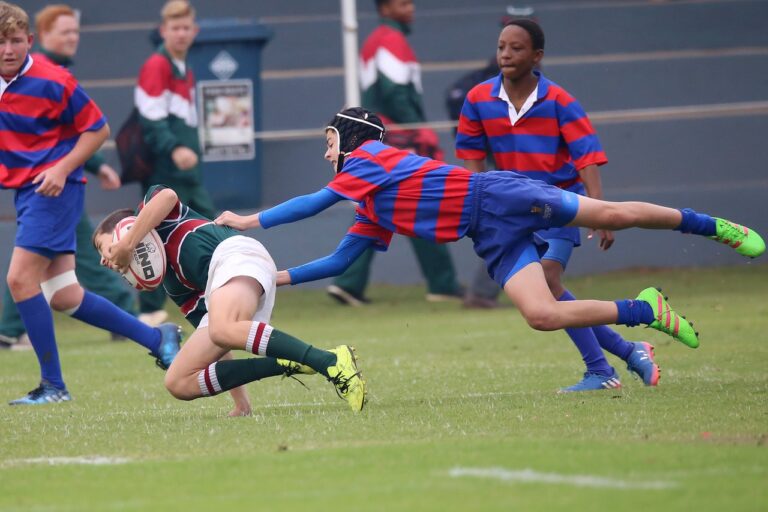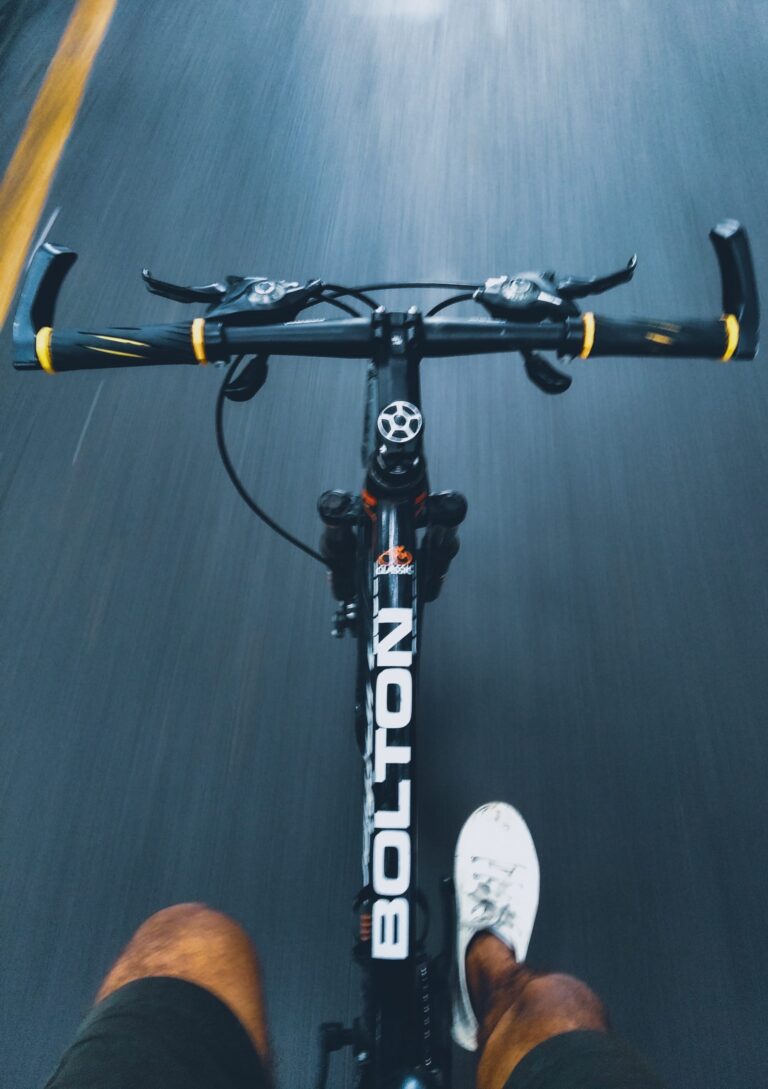When the hip loses its hop
Learn about another common source of hip pain – osteoarthritis – in Dr. Andy Reed’s latest Crag & Canyon article.
In my last column a few weeks back I discussed the common condition of hip impingement. If you’re a young, active person with pain in the front of your hip, then perhaps you’ll want to start there! That particular condition can lead to premature osteoarthritis of the hip in young individuals, but much more commonly we see hip pain in the older individual. Most hip osteoarthritis occurs in the over 50s, and it is slightly more prevalent in females.

The basics of hip osteoarthritis
The hip joint is a ball and socket type joint, with the spherical head of the femur articulating with the concave acetabulum or socket of the pelvis. Both of these structures are covered in hard articular cartilage.
If damage occurs to this articular cartilage, on one or both sides of the joint, this can lead to pain, stiffness and difficulty with weight bearing or impactful activities.
This is osteoarthritis.
Sometimes there has been an injury to the joint in the past, such as a fracture or dislocation, or a condition such as femoro-acetabular impingement may exist. More commonly, however, the patient simply reports a gradual onset of symptoms. The articular cartilage is effectively ‘worn out’. We don’t fully understand the exact cause in many cases, but genetics likely play a part.
Symptoms of hip osteoarthritis
In terms of symptoms, patients usually have pain in the front of the hip, with a sense of stiffness, particularly in the morning or after sitting, though pain can sometimes occur in the back or the side of the hip.
In the early stages, symptoms are often intermittent, and occur after prolonged or intense activity.
Rest usually helps, but if the condition progresses there may be pain at rest, and pain may occur in bed at night that disturbs sleep.

Patients describe the pain as a deep ache and it may radiate into the thigh or the knee.
Walking and running become more difficult, and even standing for prolonged periods can cause pain. Getting dressed, bending the leg up to tie shoe laces, and getting in and out of the car may cause pain or be impossible due to movement restriction.
For many patients, enjoyment of day to day activities can be significantly affected. Pain can be very fatiguing and this, combined with an inability to keep up with normal activities, can cause depression or other mood disturbances.
How is hip osteoarthritis diagnosed?
When we see you in clinic we will order x-rays, ask about the impact your symptoms are having, and examine your hips to determine how severe your condition is; this helps us determine the best course of action.
How to manage symptoms of hip osteoarthritis
Unfortunately, osteoarthritis is a degenerative condition and there is no cure, but there are lots of things you can do to help manage the symptoms.
Many patients unfortunately gain weight due to inactivity, which will worsen symptoms.
One of the best things you can do if you have an arthritic hip is to maintain a healthy body weight.
Studies have shown that a 5% weight loss results in a 30% reduction in pain on average in knee arthritis, and the results are likely very similar in the hip.
Activity modifications are often helpful, and this may involve avoiding aggravating sports, or reducing their frequency to avoid flare ups.

Many patients find that they can keep up with their preferred activities with a little forethought. I have patients who find that back to back ski days are difficult, but 2 or 3 days skiing per week are quite manageable with a day of rest in between.
Running will often have to take a backseat, but cycling, swimming, cross country skiing or snow shoeing in the winter are often tolerated well, even with advanced arthritis.
Simple analgesics such as acetaminophen (Tylenol), ibuprofen (Advil/Motrin) or naproxen (Aleve) may provide good relief, though you need to ensure that it is safe for you to use these medications as they can have serious side effects.
Physiotherapy can address muscular weakness or imbalances. Physiotherapists can help you plan your sporting activities or hobbies, and supervised exercise programs have been shown to be superior to medications or rest. Massage may provide symptomatic relief of tight muscles.
When patients are referred to see us, they may already have tried many of these things. They are usually looking for additional help. If appropriate, injectable medications can be very useful.
We perform injections using ultrasound guidance to ensure accurate needle placement. Injections are generally well tolerated with minimal pain.
Depending on the severity of the X-ray changes, and patient preference, we may recommend an injection of steroid, hyaluronic acid or platelet-rich plasma. I have found each of these treatments to be effective when used with the appropriate patient, and we may even use some of them in combination. The goal is to reduce pain, inflammation and stiffness and to help facilitate activity and exercise.
— Learn more about injections done at the Banff Sport Medicine Clinic —
If injections are not effective, and you have marked daily limitations and severe X-ray changes, then it may be time to consider joint replacement (arthroplasty).
In 2017, almost 60,000 hips were replaced in Canada, making it the second commonest surgery, after knee replacements, and that number is growing, in part due to our ageing population.
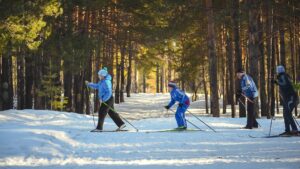
Hip implants seem to last around 15 to 20 years with normal use, and revisions are far more challenging and costly, so it is important that all non-surgical treatment options have been explored before a hip is replaced, as it has a finite lifespan.
Having said this, hip replacement surgery is a very successful surgery, and can allow a pain free return to normal daily activities and sports, and many of my patients will attest to the life changing benefits of a new hip.
….now if only could solve the long wait times for joint replacement surgery, but that’s a whole other issue!!
Expert Contributor

Dr. Andy Reed, Sports Medicine Physician and ultramarathon running M.D.
